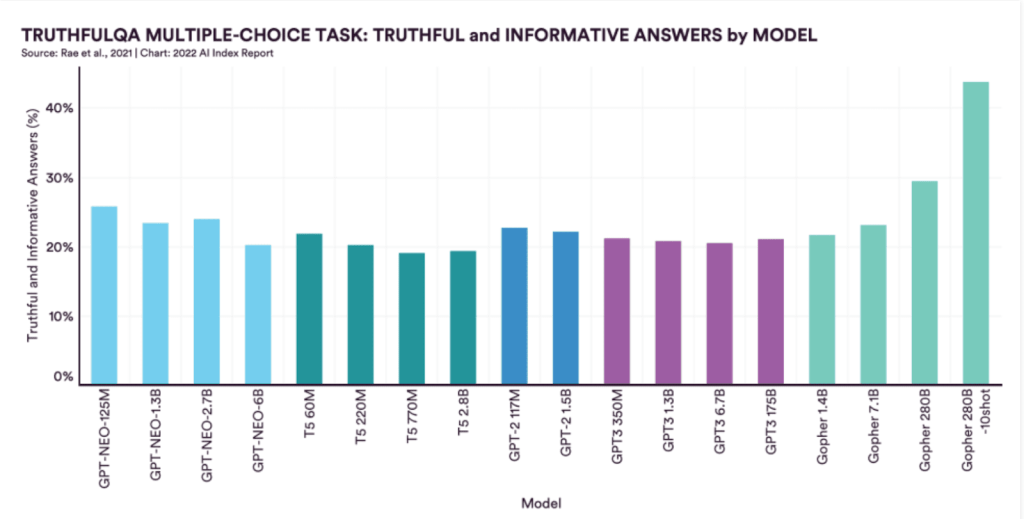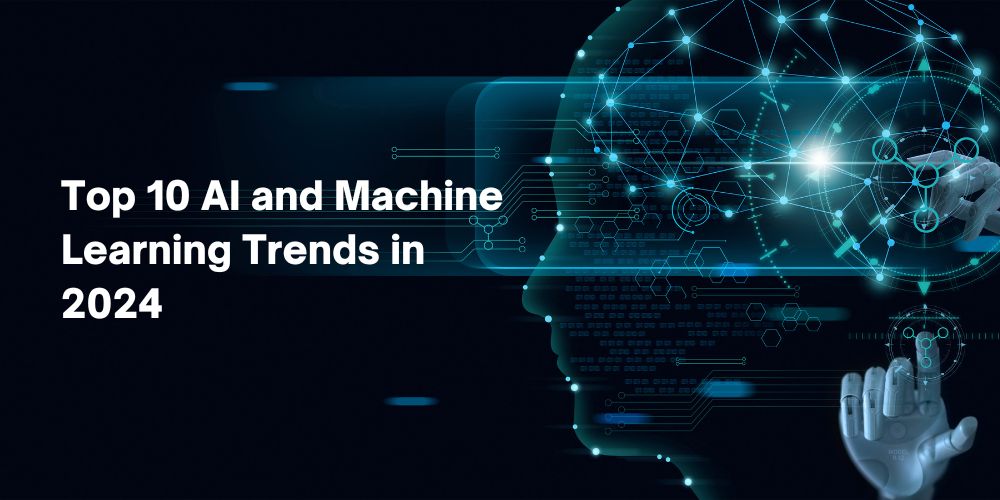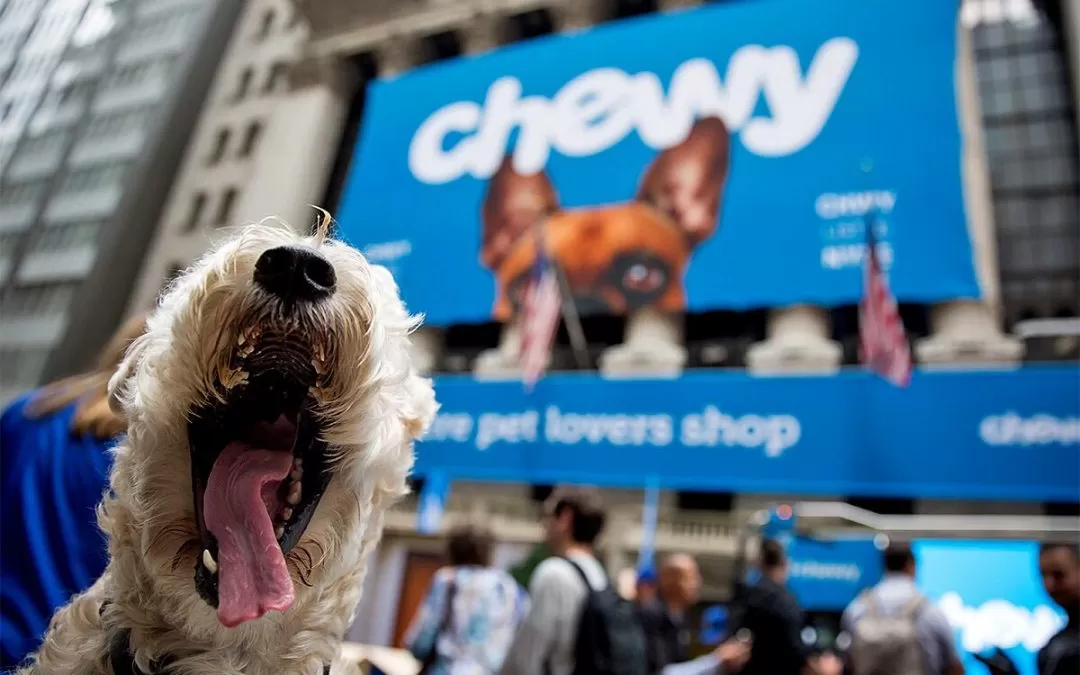AI has been around for years now, so why is it making such a huge splash right now?
You can credit that to OpenAI’s release of ChatGPT on November 30, 2022. ChatGPT is a generative AI tool built on OpenAI’s GPT-3 family of large language models (LLM). Quite simply, it allows users to enter a prompt to generate content in whatever style, format, or structure they dictate.
Unlike the AI we’ve been living with for years (like that annoying helpful “lane-assist” technology in your car, or the personalization of your Netflix feed), generative AI is just now making its grand entrance into our daily lives.
The increasing adoption of generative AI image and code generators like DALL-E, Midjourney, and GitHub’s Copilot – coupled with ChatGPT’s revolutionary chat-bot style of generation – have made it easy for anyone (and yes, we mean your 13-year-old nephew who’s definitely using it to write his history essays) to use these tools to output pretty impressive material.
(What’s more, that material is often indiscernible from what’s created by professional writers, designers, or developers.)
Scary, right?
It can be, but not to worry – it’s just a tool like any other, and we’re here to tell you what you actually need to worry about when considering integrating AI into your marketing operations – and how to make it work for you.
First, what is generative AI?
Generative AI is used to generate new content based on content that already exists. This can be anything from new images to new code or new text. You simply enter a prompt into your AI tool of choice to output all kinds of options that you can then edit, optimize, or run variations on.
The prompts can get pretty specific too – like telling it to write in the style of a famous author or create a persuasive sales email using hyperbole and a lot of puns. You can specify length, format, structure – just about anything you can think of to create.
Seriously – go play with it. It’s free (for now) and so much fun!
But there’s a dark side, and we have to acknowledge that. As mentioned, the content created by these tools is often indistinguishable from that created by professionals, making it difficult to know what is real and what is not. And it doesn’t help that it’s often riddled with inaccuracies or even outright plagiarised.
What’s more, LLMs like ChatGPT are not currently dynamic in keeping up with new information, so the inaccuracies will continue to expound. These LLMs spout conspiracy theories and can be trained to cite idioms or cliches as actual facts. Ask ChatGPT “What happens when you break a mirror” and it will answer “You’ll have bad luck for 7 years.”
A study at Stanford found that, on average, most generative models are truthful only 25% of the time.

That said: you better believe that massive investments are happening – all to make these models more useful, more accurate, and more dynamic – so it’s only a matter of time before these issues are resolved in a meaningful way.
But these current challenges are not stopping smart marketers from already finding ways to build AI into their marketing operations.
How are marketers using Generative AI?
While AI might sound unfamiliar or scary, you’ve probably been using it a lot longer than you think. Grammarly is a great example of AI that we’ve come to trust and depend on as writers.
McKinsey reports that adoption of AI technology has more than doubled since 2017, with over 50% of organizations reporting using AI-powered tools in their operations. Gartner expects that by 2025, up to 10% of the data on the internet will have been created by generative AI. While its application includes manufacturing, finance, HR, and operations, we want to take a look at marketing in particular.
Generative AI opens up a new world of possibilities in creating, editing, and exporting content at a faster pace, and marketers are already using it in so many ways that Google is taking notice (more on that shortly).
- Content creation
While Google is already detecting AI-written content (and will continue to upgrade their algorithm to keep getting better at doing so), marketers are using generative AI to output entire blog posts and web pages – in addition to headlines, ads, and email copy. Is it good? Not yet – it’s beginner-level basic content. But it can help spark ideas and build outlines to speed up your process.
2. Design
You don’t have to be a designer to put out pretty damn good creative. Believe it or not, great copywriters often surpass great designers in this arena because they excel at writing creative prompts in tools like Midjourney, DALL-E, or Jasper to export banner ads, website or email images, blog post headers, and social media graphics. We’ve found that the best use-cases for this AI-generated creative happen during the conception and ideation stages, not yet during actual production.
3. Personalisation
Much like your Netflix feed, AI can personalise marketing messages and campaigns based on individual preferences and behaviour. AI is already how programmatic advertising works: AI delivers the data that makes it possible to present the right content to each user at the right time.
Predictive personalisation generative software is available as a plugin to deliver use of data as it arrives on your site. instead of concentrating on CRO software which capably personalises products on site, you are now able to make phenomenal higher ROI than this, for each individual consumer, by utilising the data back to the consumer. PPGS delivers the highest ROI in marketing, as it eliminates the needs for the ecommerce retailer to dissect and analyse their own data, not only does PPGS do it for them but in nano seconds of receipt the information is being used forever greater returns. SwiftERM is the perfect example of this.
4. Predictive analytics
Smart marketers are using AI to analyse data and make predictions about customer behavior, which can inform marketing strategies or sales plans. One of my favourite tools, for years now, is Crystal Knows – an AI-based browser extension that can “predict any prospect’s personality and get actionable insights into how to best communicate with your buyer.”
5. Customer service
By now you know that AI powers most of the customer support you encounter, such as answering frequently asked questions or providing personalized recommendations through tools like chatbots and even those – gasp! – first 18 stages of a customer service phone call.
While all of that sounds pretty great, you don’t have to worry quite yet about losing your job to a robot. AI still has quite a bit of work to do before it can truly replace the emotional, unpredictable, and humorous writing of real humans.
There are plenty of cases of the AI making a mess itself. As of this article’s publishing, generative AI is still fraught with unsettled issues, like:
- Plagiarism and outright theft of artwork and copy (that output has to come from somewhere).
- Inaccurate and notoriously wrong content (according to one article, AI is “kind of a moron”).
- Generic, duplicate, or downright boring content.
- General lack of creativity, emotion, perspective, and insight.
Will it replace our humans? Absolutely not. But it’ll alleviate some of the menial tasks, best suited for machines, and allow our people to lean hard into their creative, strategic, and emotional power.
AI is a tool just like any other, and to harness its power, we need smart people who understand how to get the most out of it.
Where do humans fit in the age of AI?
Any AI engine is trained on data, and the better the data, the better the output. For AI to generate good results, humans are involved in the data gathering process.
It may sound like AI can do just about everything. But hold up — we’re not there yet. Real people are still necessary for some very human elements of creative production:
- Judgment calls: AI is not good at understanding context or making value judgments. Should you text your ex at 2:00am on your way home from the club? A human can make that decision (answer: it’s a bad idea), but AI can’t recognize and reconcile personal values, social norms, and contextual relevance — no matter how good the input is.
- Emotional intelligence: AI will not save a content marketer who doesn’t already have a high level of emotional intelligence. People make decisions based on emotions, and AI can’t yet capture the feeling your customer gets when they click that “Purchase” button. Nor can it communicate how much work you did to incite that feeling through your campaigns and content.
- Creative prompting: The output of generative AI is only as good as the input, where creative human minds are necessary. OpenAI’s GPT-3 can generate realistic articles, but they lack originality (among other issues, which I mentioned above). A computer will never be as good as a human at asking the right questions to prompt creative, original content.
Judgment, emotion, and creativity are essential elements of great creative output – something that AI, for all its advancements, cannot yet replicate.
Generative AI works for SEO …
The case could be made that mediocre is good enough for a lot of marketing needs.
For instance, Bankrate has been publishing hundreds of AI-generated articles on their blog in an effort to bolster search rankings – and so far it’s working.
An expert who both verifies content for accuracy and adds color through their own experience and knowledge edits each article – so there is some level of human intervention – and they’re publishing dozens of articles every day with this approach.
… but contributes to digital waste
Until now, anyway. Generative AI can earn an uptick in search rankings even if the content is prosaic, unengaging, or unoriginal. So far, unfortunately, Google says it’s fair game.
(And if we’re being honest, sometimes those increased rankings serve to deliver a brand’s solution to a new customer that might not have found it otherwise. So it gets a little nebulous on the value chain, even when it feels gross.)
Google has made their proclamation, and brands are jumping neck-deep to spinning out as much content as possible. I’ll be watching with popcorn to see where this goes.
So how can human creativity stand out in the world of generative AI?
It’s not just about being better than the machine – it’s about doing things the machine can’t. To do that, we must first understand what those things are.
As creators, our goal is to understand the use-case and desired outcome of the thing we’re creating. That’s how we determine whether or not the mediocre generative AI output serves our purpose.
Basic beginner-level content, FAQs, titles and meta-descriptions, light research, or replacing stock photos are all good and safe use-cases of generative AI in its current state. If AI can do this successfully, why not let the machines do the heavy lifting and focus our energy where it’s most needed?
We can’t try to out-write or out-design or out-code the AI in quantity, but we can absolutely outshine the AI in quality, originality, and value when it’s necessary for the brand’s goals. Original research, in-depth interviews, personality and nuance, captivating copywriting, and on-brand aesthetics are all areas where humans will continue to prove valuable (and isn’t that the fun side of our work anyway?).
The robots are here to stay, and we can either A) choose to ride the waves of ignorance into total obsolescence, or B) get deeply familiar with how we can use these tools to enhance our lives in ways that are authentic to our values and goals.
I’m choosing B. But you already knew that. If we can spend our days conceiving, ideating, and truly creating the elements of our work that are unique to us – rather than spinning out the stuff generative AI can do in 30 seconds – you’re here for it.





